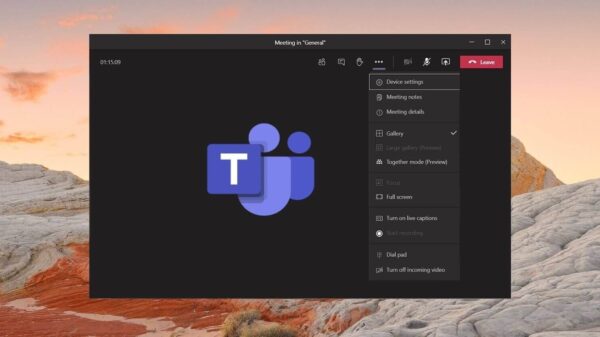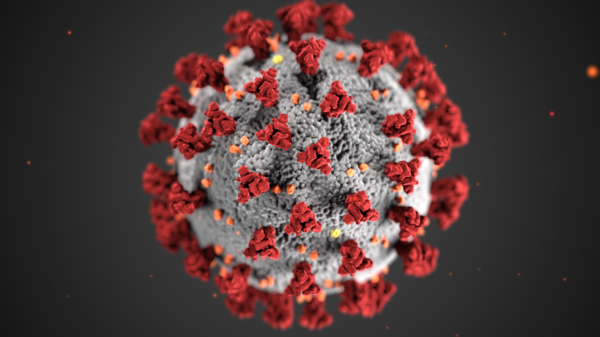Life insurance is a financial product that ensures a policyholder’s beneficiaries will receive financial compensation on the policyholder’s passing. It is one of the best ways through which every economically active Singaporean can ensure their family is provided for, should they pass on.
When it comes to life insurance in Singapore, there are two broad categories to choose from – term life insurance and whole life insurance.
Term life insurance is set for a fixed time period requested by the insured person. Whole life insurance covers the policyholder for their entire lifespan. Both these types of life insurance are beneficial in their own ways.
In this article, we take you through the basics of whole life insurance by talking about 6 important things that you need to know about this type of insurance.
- Short pay period, long coverage.
This is perhaps the first thing that every policyholder needs to know about whole life insurance. In essence, you pay premiums for a fixed period and enjoy lifelong coverage. For instance, your whole life policy may require you to pay premiums for 30 years. Following that period, your premium payment stops but you continue to enjoy the benefit of the coverage. Additionally, when your beneficiaries do claim insurance, they will almost always receive a higher amount than the sum of the premiums paid. The exact sum depends on the multiplier used by your insurance company.
- What gets covered
Most leading insurance companies in Singapore offer whole life insurance plans that cover death, permanent disability, and terminal illness of the policyholder. In addition to these, the policyholder can also opt to add beneficial riders that increase the coverage. Let’s look at the next point to know what some of these riders can do.
- Benefits of riders
Whole life insurance plans can have riders added on for increased benefits. For instance, leading insurance companies allow you to add a rider that also covers early and intermediate health conditions as part of your whole life plan. Another rider allows you to cover your child against certain health conditions such as autism or ADHD. The insurance plan can even be customized to give one payout upon diagnosis of a critical illness and again another payout upon the death of the policyholder. Always discuss riders in detail with your insurance provider to ensure you are getting the best out of your whole life insurance plan.
- Surrendering gets you your cash component
Whole life insurance plans do come along with a certain cash component. In simple terms, this means that if you surrender the policy before the payment term completes, you do get a certain amount of money paid to you by the insurance company. However, this amount would be far lower than the value received bynatural payout if the policyholder passes on or is diagnosed with a terminal illness or total/permanent disability.
- Guaranteed and non-guaranteed components
Continuing from the previous point about cash components, it is important to know that this amount has guaranteed and non-guaranteed parts. The guaranteed parts come from the insurance provider; do be sure to inquire into this at the time of taking the policy. The non-guaranteed part depends on the performance of the funds that the money was invested in.
- Multiplied benefit:
You should also look out for whole life insurance plans that offer a multiplier benefit. This allows you to increase coverage the coverage of your plan, allowing your higher payouts in case of unfortunate events such as untimely passing, terminal illness, total and permanent disability and critical Illnesses. This ensures that you plan keeps up with your needs over time.
Taking whole life insurance is an important financial decision, perhaps one of the most important you will ever make. Do spend some time to evaluate and compare all the available plans and premiums before making a decision. Discuss with your spouse and choose the plan best suited to you .






























































